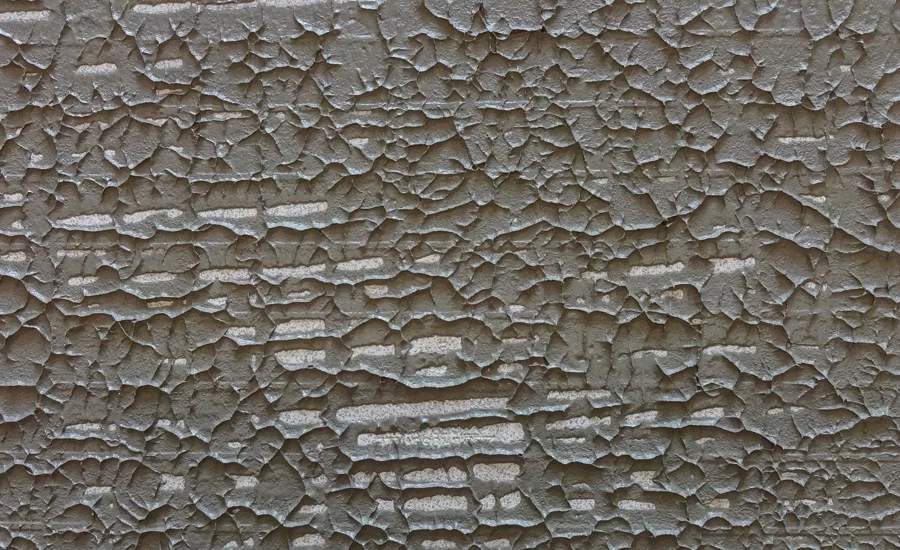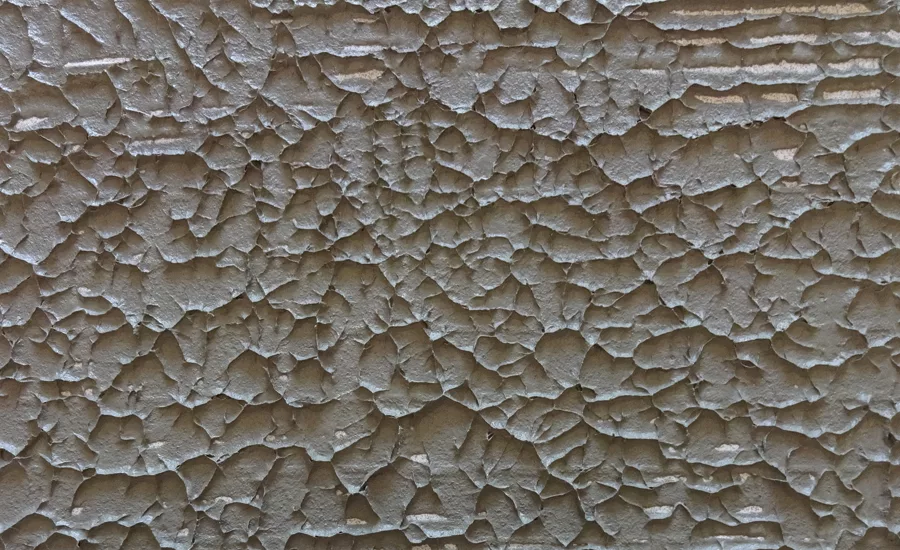CTEF Tile Tip: Which Trowel Notch is Best?




As the economy strengthens, we are seeing increased tile sizes and diverse types of tile flowing into the US market. Each of these products has different requirements in order to achieve suitable mortar coverage.
In order to meet the ANSI A108 requirement for mortar coverage (80% in dry areas and 95% in wet and exterior areas), it is extremely important to select the trowel notch that provides the appropriate amount of mortar to properly bond the tile to the substrate.
For standard thin-bed mortars, the minimum amount of mortar after the tile is embedded is 3/32” while the maximum mortar thickness is 1/4”. When the new Large and Heavy Tile (LHT) mortars are used, the maximum mortar thickness after embedding the tile is 1/2”.
Regardless of which mortar is used, there are two critical items for consideration. The first is that neither of these mortars should ever be used to “fix” the floor, whether it requires filling the low spots or feathering out the high points. It is best to use the proper flash patch or self-leveling underlayment (with primer) to make these corrections. The second item is to select the trowel notch that will provide enough mortar to bed the tile which meets or exceeds the ANSI Specification while not causing excessive mortar to squeeze up between the tiles.
There really is no “one size fits all” trowel for every installation. The only way to make this decision is to experiment with a variety of trowel notch designs and depths. For this example, the installer’s basic notch, the 1/4” x 1/4” provides reasonable mortar coverage as seen in Photo 1. But notice the difference in the mortar coverage received by increasing the trowel depth by just 1/8”. The 1/4” x 3/8” notch in Photo 2 gives significantly better coverage which could mean the difference between success and failure.
The lesson here is to always test the trowel to be used on each job substrate to ensure that adequate mortar coverage is being obtained. Eliminating voids under the tile will solve the issue of hollow-sounding tiles and potentially broken tiles on the job.
Looking for a reprint of this article?
From high-res PDFs to custom plaques, order your copy today!











